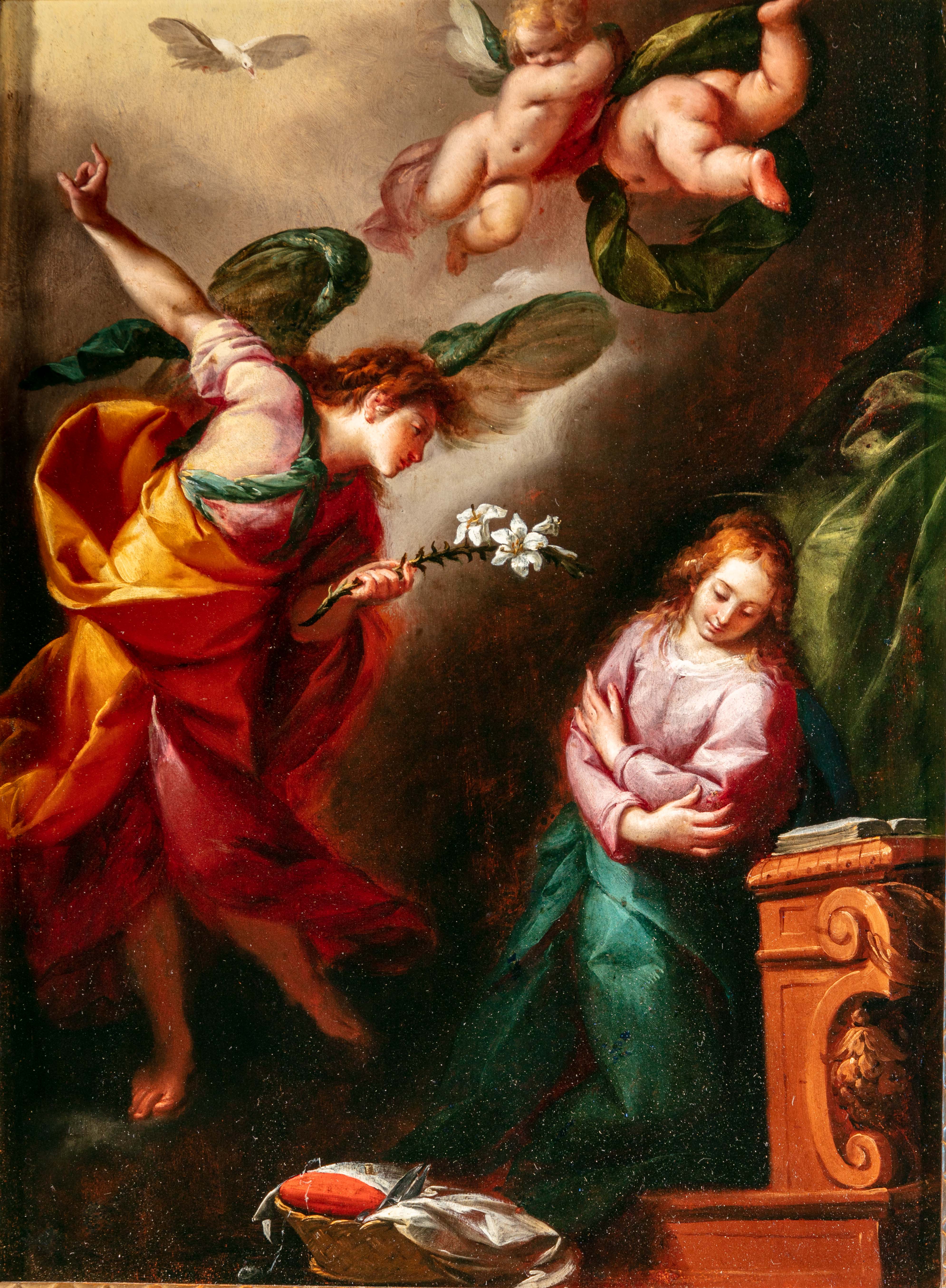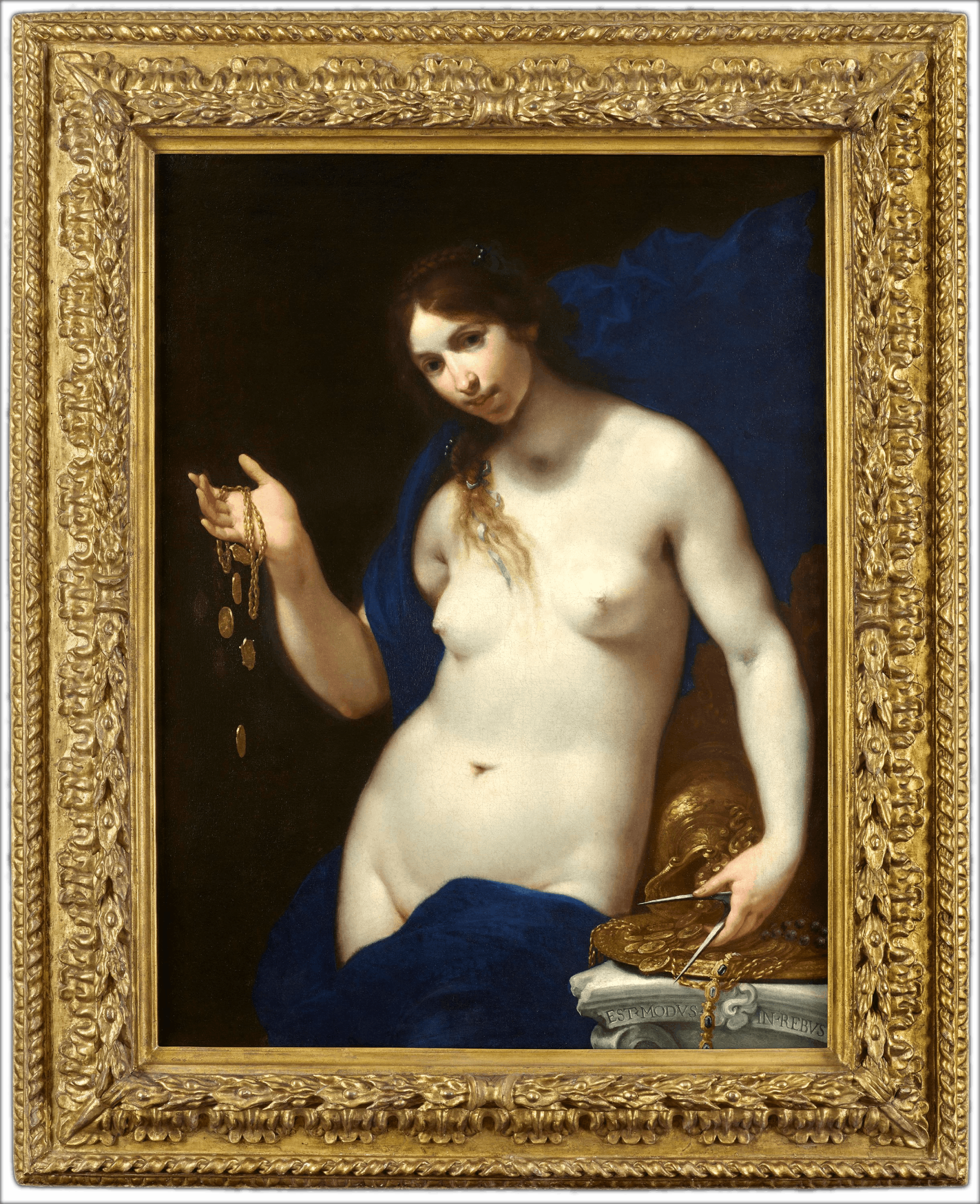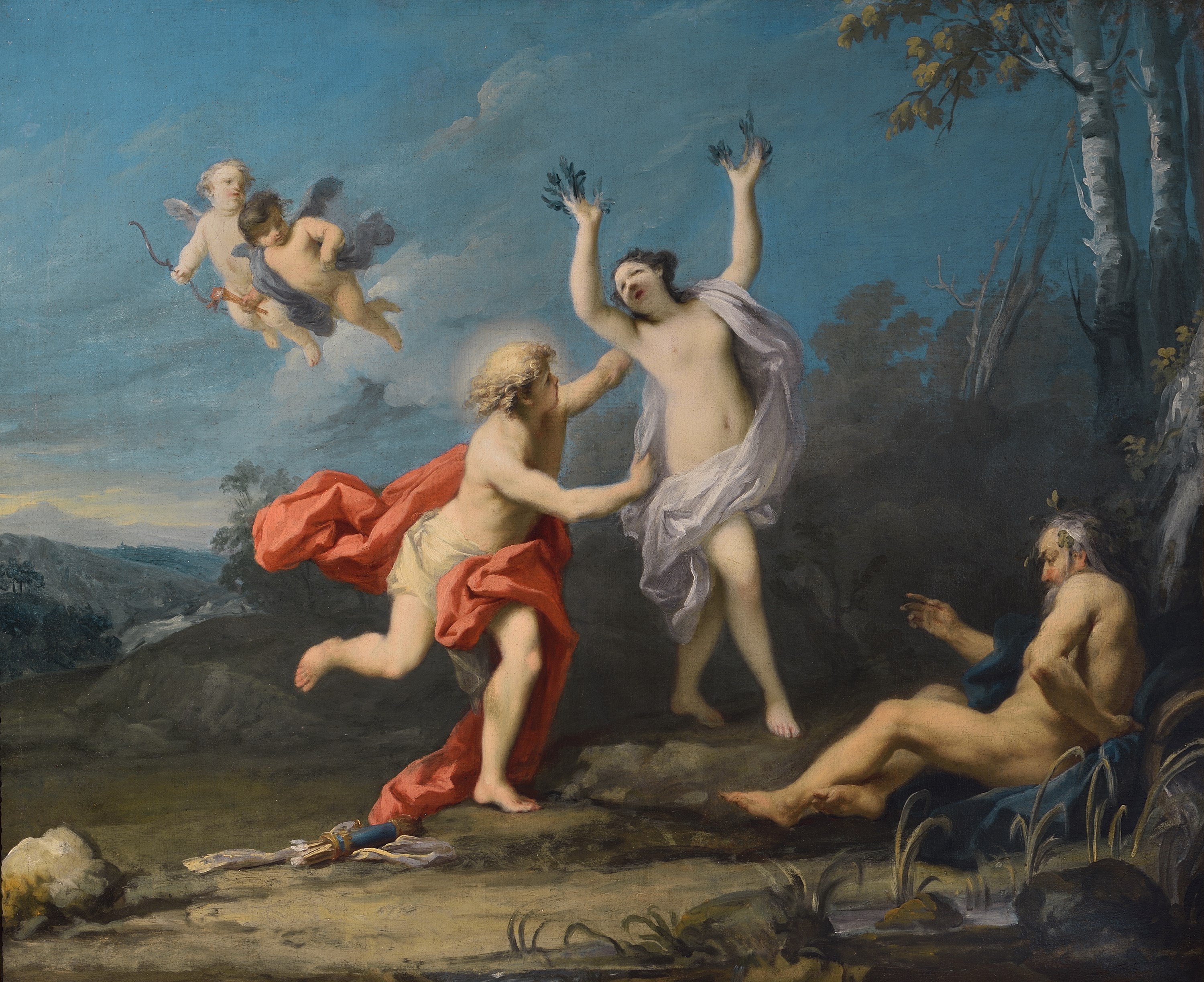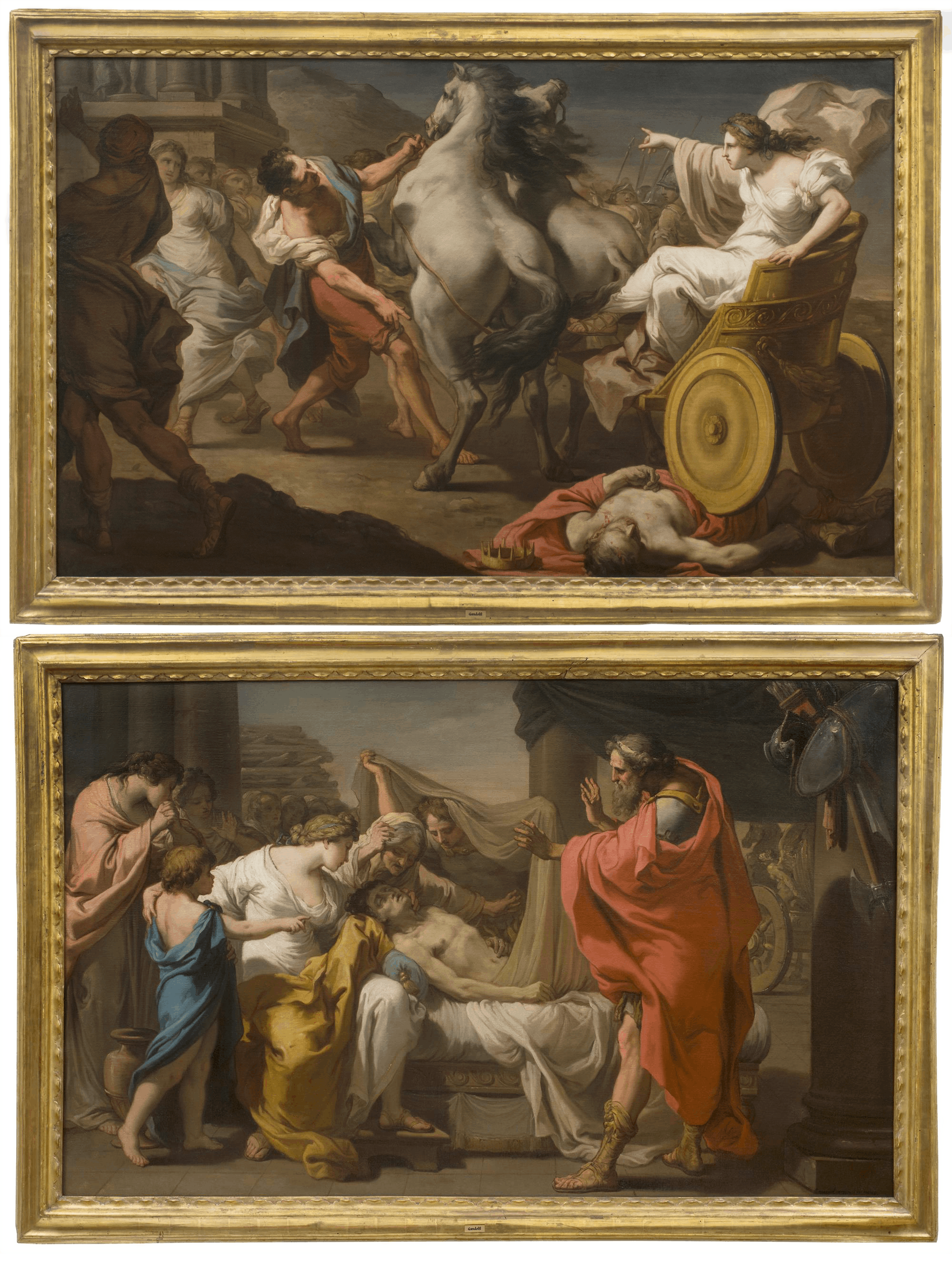Carlo Francesco Nuvolone
(Milan 1609 - Milan 1662)
The Annunciation
Private Collection, Italy
...
The prolific artist Carlo Francesco Nuvolone was born in Milan into an Italian family of painters. He first studied with his father, Panfilo Nuvolone, a late Mannerist painter from Cremona who painted many religious frescoes and altarpieces in a late Mannerist style as well as a number of original still- ...
The exquisite enamel-like quality of this panel and its excellent state of preservation mark this work as a magnificent addition to the catalogue of Carlo Franceco Nuvalone’s early production. It can be seen as belonging to the youthful phase of the artist’s work. The present work shows his focus on the new Lombard taste for beauty and grace. The influence of Giulio Cesare Procaccini, the true heir of Correggio in Milan is clear. This marks a period in which work by Daniele Crespi, Nuvolone and the next generation of Lombard painters show their mastery. The softness of the flesh of his figures, the beautiful coloring, and the emotional and sentimental expression of the subjects are remarkable elements of his work. Here the timid recoil of the Virgin contrasted to the forceful approach of the angel of the annunciation lend the work great vitality as well as a graceful beauty.
This panel, a work of the artist’s full maturity, was painted sometime after his altarpiece of Santa Marta and the Dragon (Pinacoteca Malaspina, Pavia), which was the first painting by Nuvolone that can be attributed to a certain date - 1636.

 Facebook
Facebook
 Twitter
Twitter


 Gmail
Gmail


